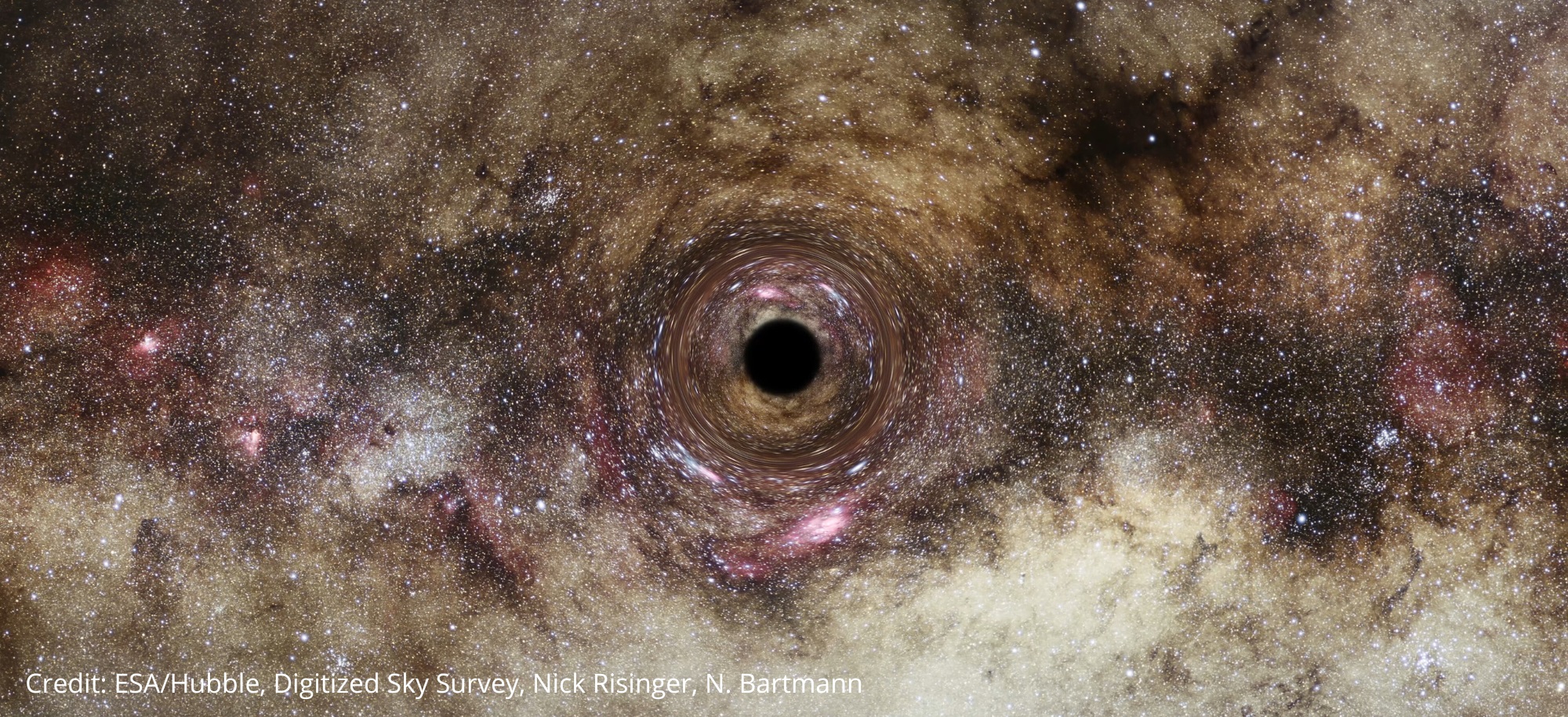While physics tells us that information can neither be created nor destroyed (if information could be created or destroyed, then the entire raison d’etre of physics, that is to predict future events or identify the causes of existing situations, would be impossible), it does not demand that the information be accessible. For decades physicists assumed that the information that fell into a black hole is still there, still existing, just locked away from view.
This was fine, until the 1970’s when Stephen Hawking discovered the secret complexities of the event horizon. It turns out that these dark beasts were not as simple as we had been led to believe, and that the event horizons of black holes are one of the few places in the entire cosmos where gravity meets quantum mechanics in a manifest way.
The quest to unify quantum mechanics and gravity stretches back over a century, soon after the development of those two great domains of physics. What prevented their unification was a proliferation of infinities in the mathematics. Anytime gravity became strong at small scales, our equations diverged to infinity and gave useless non-results. But here we are at the boundaries of black holes, which by definition are places of strong gravity. And because the event horizons are mathematical constructs, not actual surfaces with finite extent, to truly understand them we must examine them microscopically, which plants them firmly in the realm of the quantum.
Strong gravity at small scales. While our mathematics blow up, black holes most certainly do not. Something must marry gravity and quantum mechanics, some trick of mathematics or feat of physical insight, and whatever accomplishes the task does so here at the event horizon of every black hole in the universe.
Hawking, among others, embarked on a program in the 1970’s to use black hole event horizons to poke and prod at the combined nature of gravity and quantum mechanics in extreme conditions, hoping to tease out some clue to their union. And while that program has yet to realize its full potential, Hawking did discover something utterly extraordinary about black holes, as if they weren’t extraordinary enough already.
He discovered that black holes are not, strictly speaking, totally 100% black. Through a bizarre interaction of the quantum nature of reality and the formation of event horizons when black holes are born, they are capable of emitting a small amount of radiation. To be perfectly clear, the amount of radiation coming from black holes is almost zero. A typical black hole with a mass a few times that of the Sun, for example, will emit somewhere around one single photon every year. So you’re unlikely to find a glowing black hole with your backyard telescope (and since the universe is literally ablaze with radiation, black holes are for the time being consuming far more than they emit).
Here’s how this radiation, now known as Hawking radiation in Stephen’s honor, throws a monkey wrench in the pristine picture of black holes painted by general relativity and the no-hair theorem. Let’s pretend that you build yourself a black hole, compressing a sufficient amount of matter into a sufficiently small volume that one appears before you. Constructing that black hole consumed an enormous amount of information about all the particles that once enjoyed freedom, and all that information is now safely tucked away behind the event horizon. You then isolate a black hole away from any source of growth: no matter, no radiation, no energy for it to feast upon. The black hole duly emits Hawking radiation, spitting out one photon at a time. With every emission, the black hole loses a little bit of mass (after all, there’s no such thing as a free lunch, and somebody has to foot the energetic bill for this newfound radiation in the cosmos). Eventually, if you wait long enough, the black hole will evaporate completely, disappearing in a poof of energetic emission.
One problem. That Hawking radiation is…featureless. In physics jargon we say that the emission is thermal, which is another way of saying that it contains no unique information. You can sit in front of your homemade black hole and register the energies and momenta of every single emitted particle of Hawking radiation until it collapses in on itself in 10100 years and you will learn absolutely nothing other than the dumb fact that the black hole is, indeed, evaporating at a particular temperature.
Here is the black hole information paradox, a paradox that has bedeviled theoretical physics for over half a century, a paradox whose resolution lays in the unknown lands of quantum gravity, a resolution that promises to give rise to a new understanding of physics: information goes into a black hole. No information comes out. Hawking radiation evaporates the black hole. The black hole goes away. Information cannot be destroyed…so where did all the information go?
There must be a flaw in Hawking’s reasoning, because the universe does not stand paradoxes. Political revolutions come about when two opposing groups cannot reach a compromise: a paradox of interests and goals. Scientific revolutions come about when two opposing facts cannot find a common thread: a paradox of reasoning and deduction.
I will be blunt with you. At the time of this writing, we have no confirmed, agreed-upon, tested, reliable solution to the black hole information paradox. But we do have a series of intriguing clues, mathematical breadcrumbs that seem to be leading us somewhere, and the suggestive glint of something more just over the horizon.

